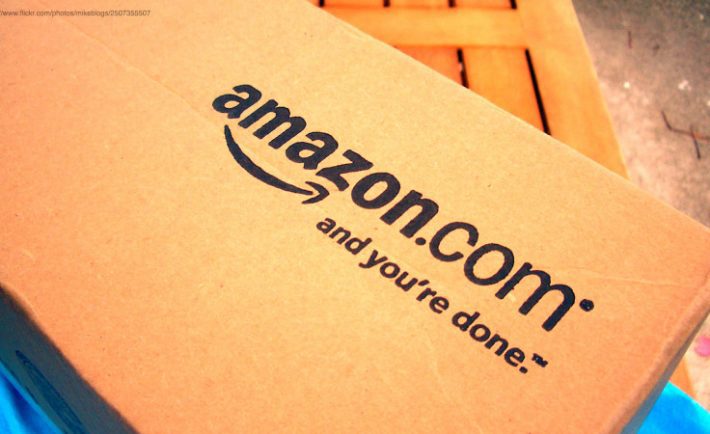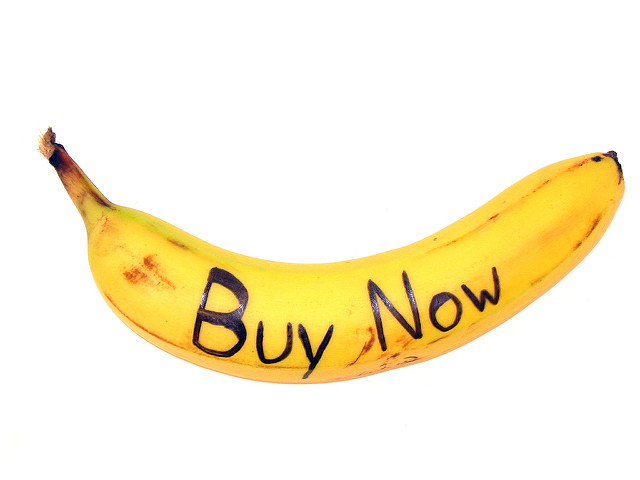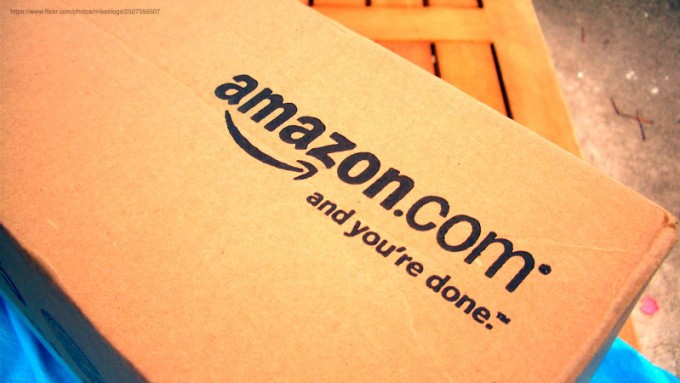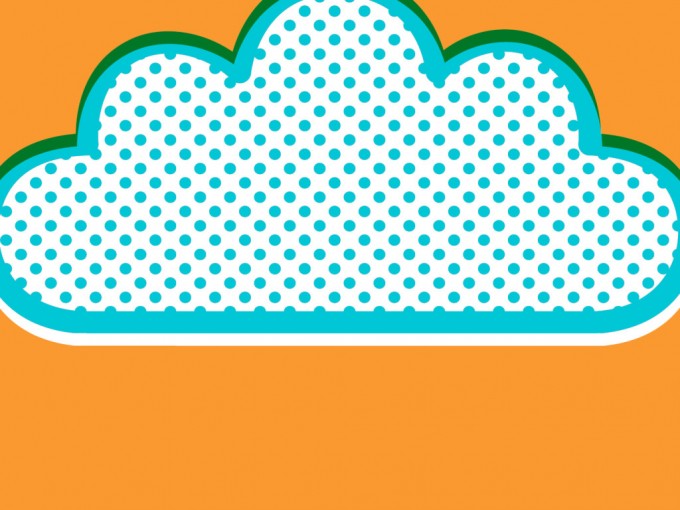

“Buy Now” (CC BY 2.0) by edkohler
Google’s announcement in 2015 that it was to trial a Buy Button as part of its search engine offering is being seen as a potential game-changer for ecommerce. The superficial rationale behind the Buy Button is that customers will be able to move directly from searching for a product to then clicking through to purchase it. In terms of user experience, the idea seems brilliantly straightforward. But behind the scenes its implementation is proving to be far more complex.
There are various parties to any ecommercial exchange including, most conspicuously, customers, retailers, search providers and financial facilitators (e.g. Paypal). The complexity arises because, in practice, those relationships are densely interwoven.
Layered relationships

Google And Amazon Talk About Managing Drone Traffic At CES
Google derives considerable revenue from corporate advertisers. If, as market watchers Greenlight suggest, the Google buy button cuts those advertisements out of the equation, Google may be in danger of undercutting its own revenues. At the very least the move threatens to disturb relations with what analysts AdGooroo have identified as Google’s most lucrative clients. Not insignificantly, Amazon, according to that report, is Google’s biggest single advertiser with a spend of almost $19.5m in 2014 alone.
Since the Buy Button constitutes a direct challenge to Amazon’s business model, relations are bound to be tested. But this is clearly a fight Google believe they have to take on. This is because the Buy Button effectively represents an adaptation to the way that smartphones and mobile devices have become the dominant medium for ecommerce.

“smartphone” (CC BY 2.0) by http://tvorbaweb-stranok.sk
Mobile is the driver

Amazon Is the Starting Point For 44 Percent Of Consumers Searching For Products. Is Google Losing, Then?
The Wall Street Journal reported in 2015 that in ten major developed countries, including the US and Japan, searches on mobile devices now outnumber those on PCs. Mobile’s limited screen size leaves little room for Google’s ads. At the same time, the way apps such as Amazon’s only require users to input payment details once in a lifetime is another strong attractor. These are trends Google appears intent on capitalising on for itself.
In the first instance, the Google Buy Button is only being trialed on a relatively small number of brands and a restricted number of searches. The trial is due to be rolled out more extensively over the course of 2016.
In use, the way it works is that customers pushing the Google Buy button are taken to a Google-hosted shopping page from where they are able to complete their purchase without ever having to visit the merchant’s site or interact with them directly. Payment is made via Google Wallet.
An uncertain retail future

Here’s Where Amazon and Google Could Make Their Next $100B
From this point, the complexities become ever denser. Retailers are invariably keen to establish long-term relationships with customers on the basis of repeat business. If client details are not passed on to those retailers their own business models are threatened – a point made in some detail by retail expert Deri Jones. There may thus be an understandable reluctance on the part of retailers to sign up to the scheme. At the same time, the scale of Google’s operation and its ability to shape specific markets offer a large scale cause for concern. Jones makes an analogy with the way large supermarket chains leverage their suppliers.
When the drive to implement the buy button was announced last year, it was described by the Wall Street Journal as a major and potentially risky strategy. If it succeeds, the ‘major’ part of that description will be emphatically borne out. Until that point the ‘risky’ aspect will continue to dominate.



